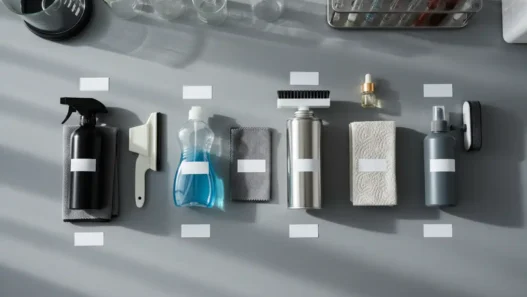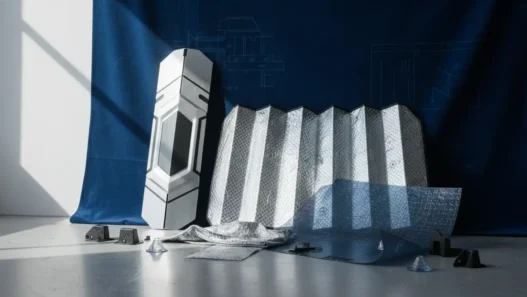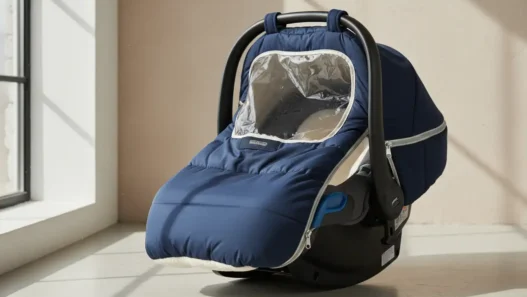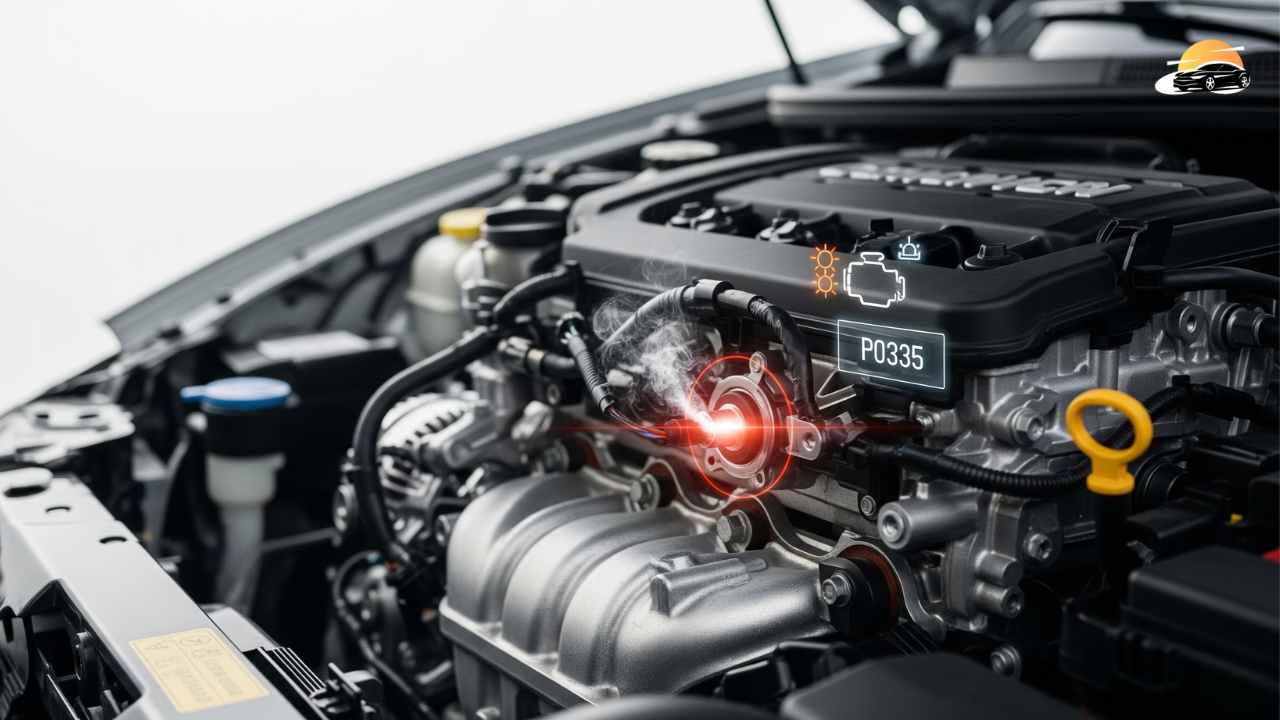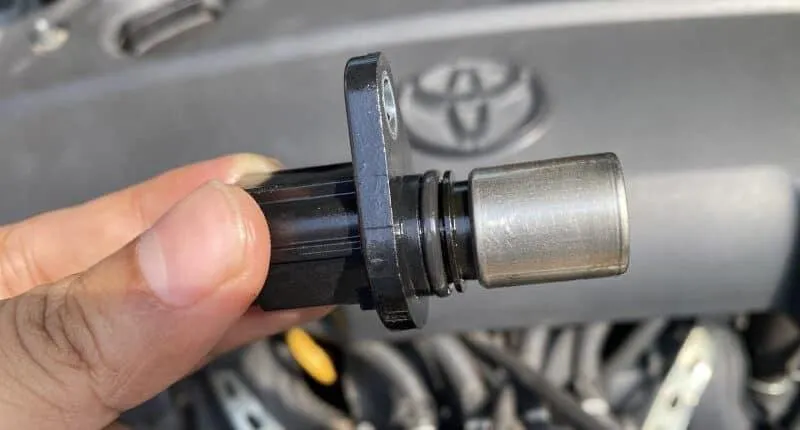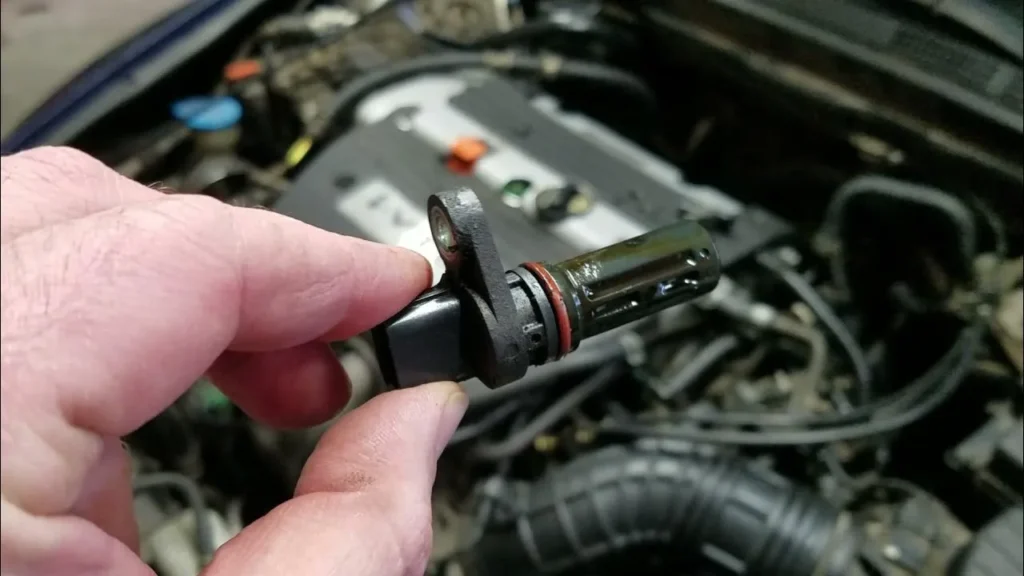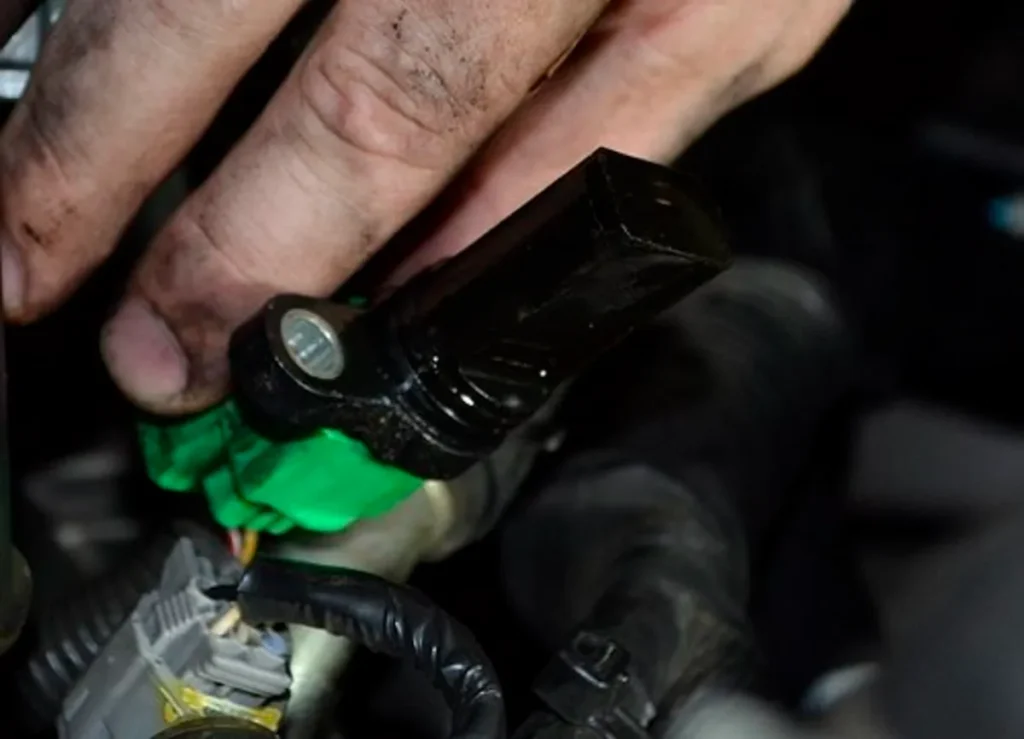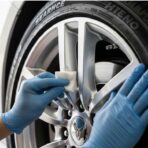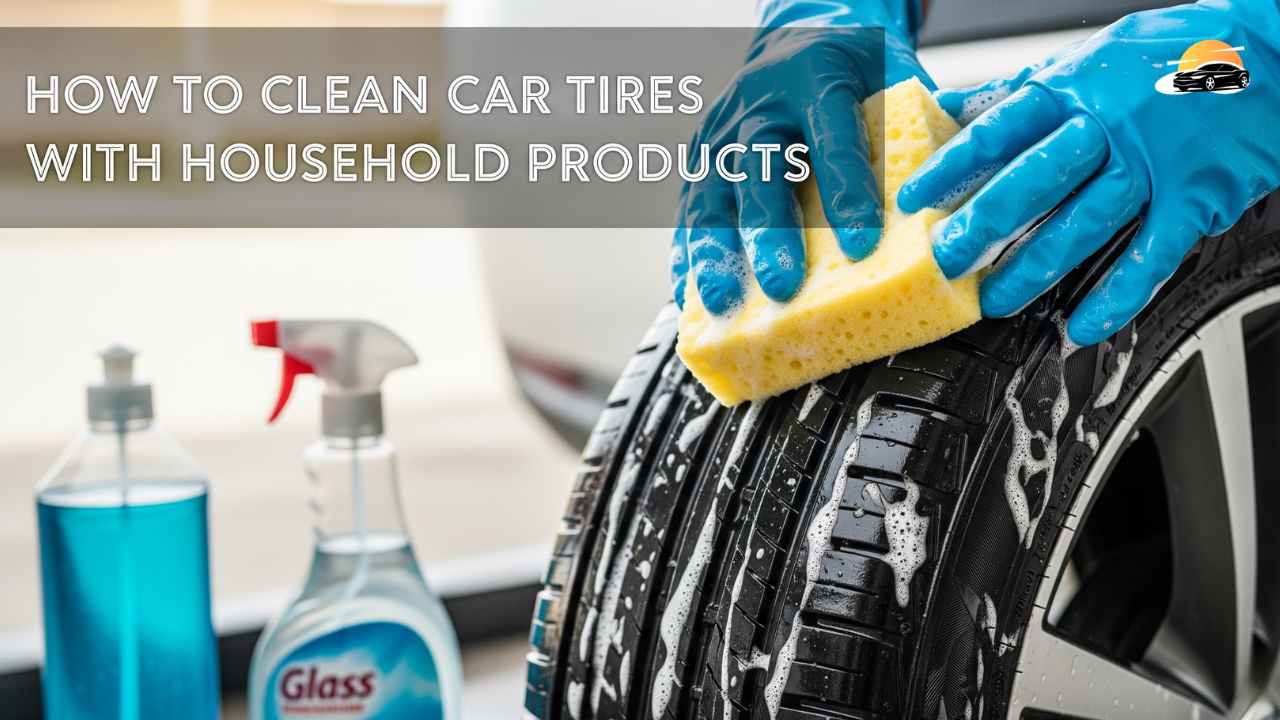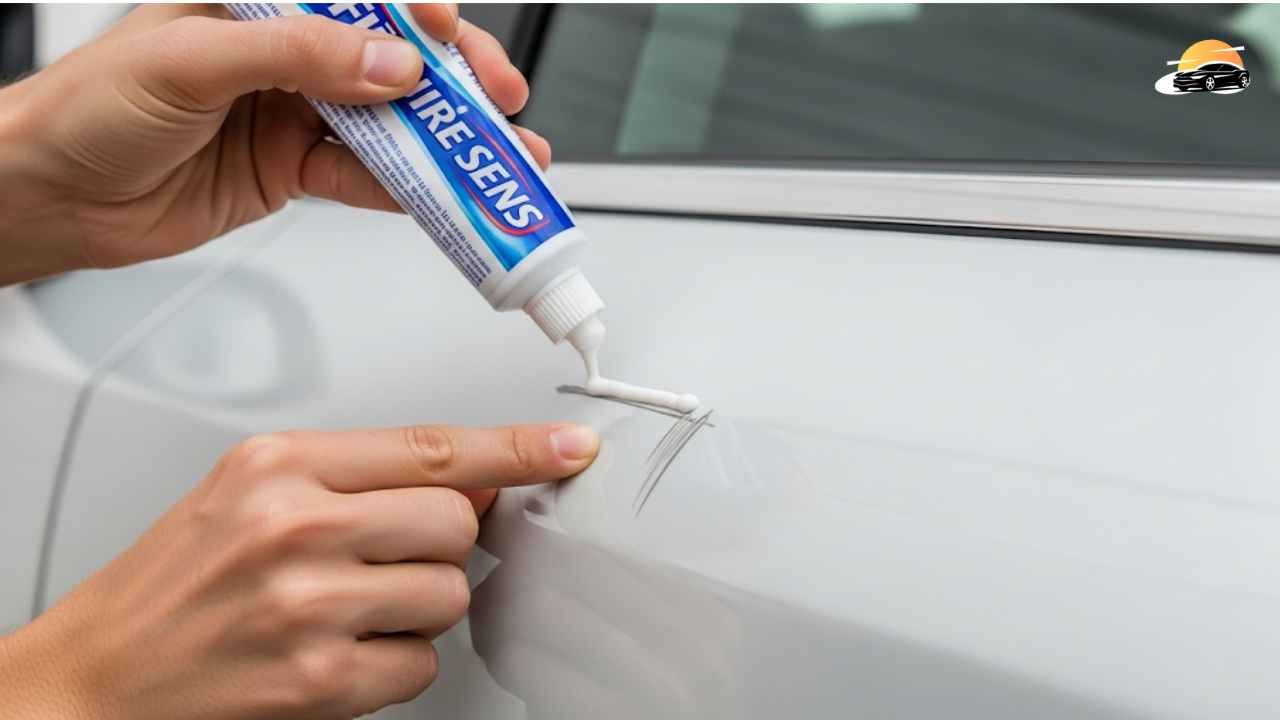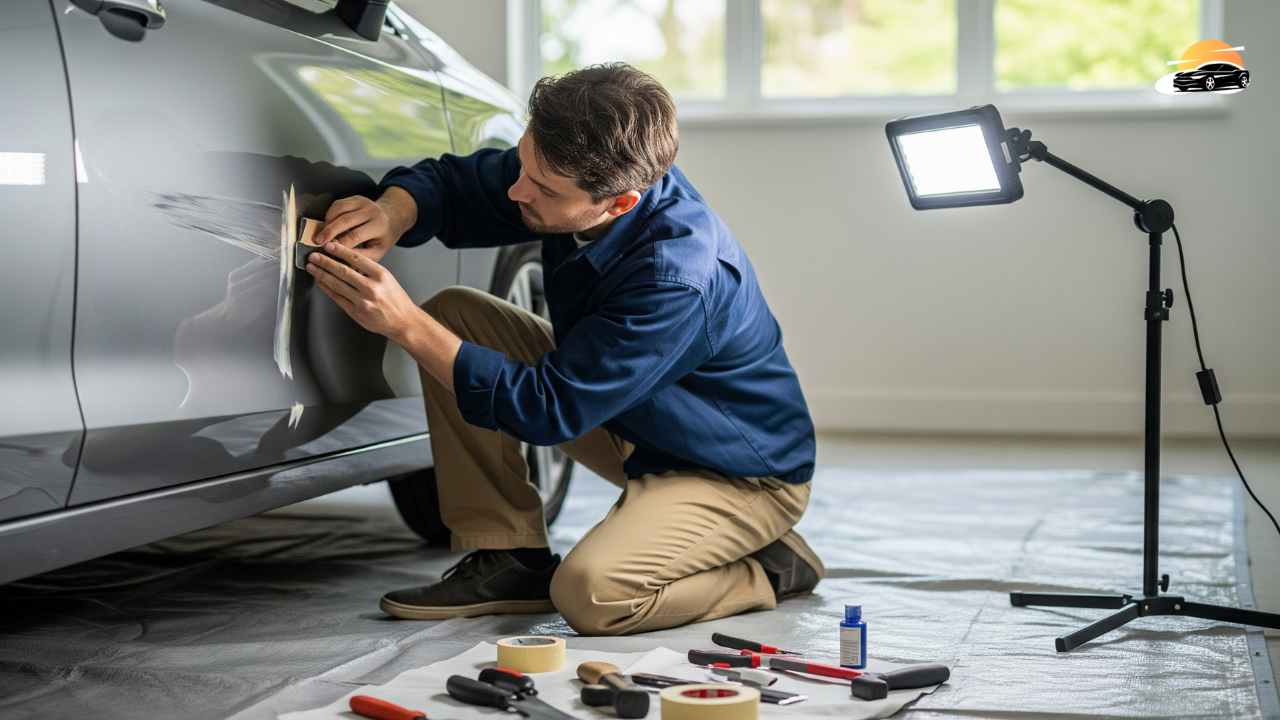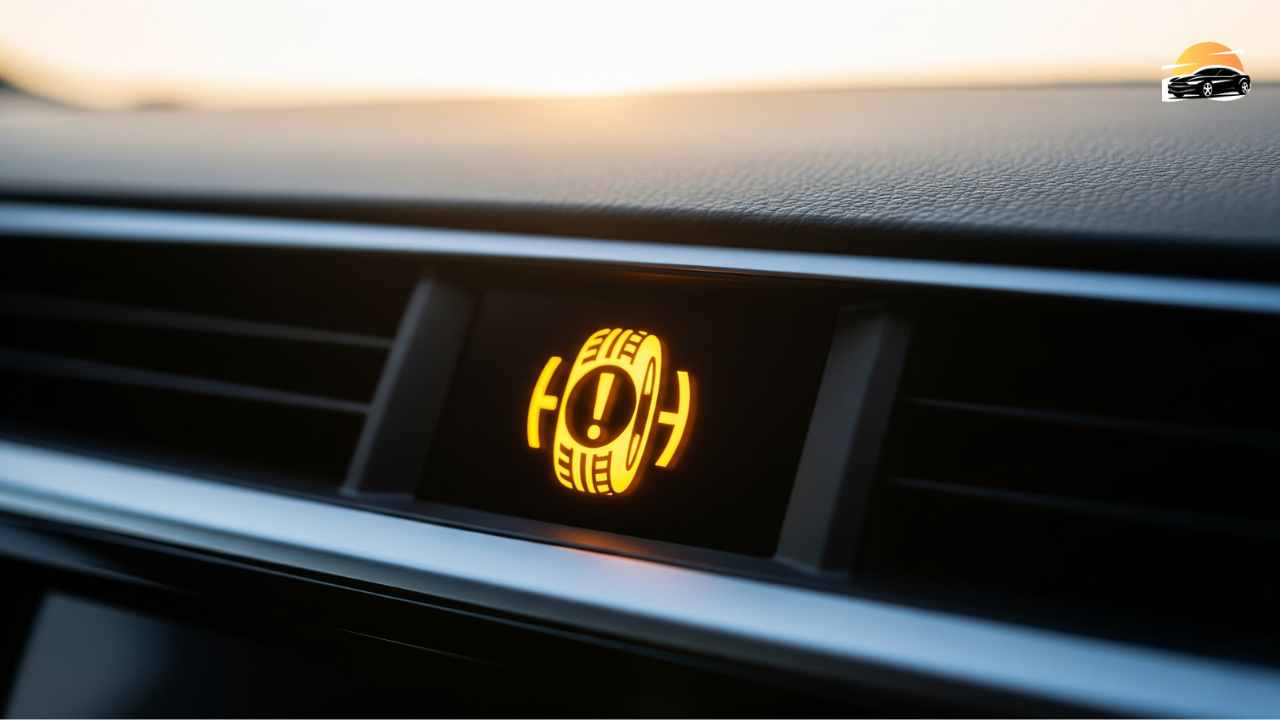What Are Symptoms Of a Bad Crankshaft Sensor For Car? In-depth Details, Signs & Causes
Your car’s engine is a marvel of precision, and at the heart of its rhythmic firing is a small but mighty component: the Crankshaft Position Sensor (CKP). Think of it as the conductor of an orchestra. If the conductor loses their baton or starts waving it out of sync, the music or in this case, your engine falls into complete chaos.
Ignoring the warning signs of a failing sensor isn’t just an inconvenience; it’s a recipe for a breakdown in the middle of a busy intersection. After years of diagnosing electrical gremlins in modern vehicles, I’ve seen how a $50 part can render a $30,000 machine completely useless. This guide will help you spot the red flags before you’re left stranded.
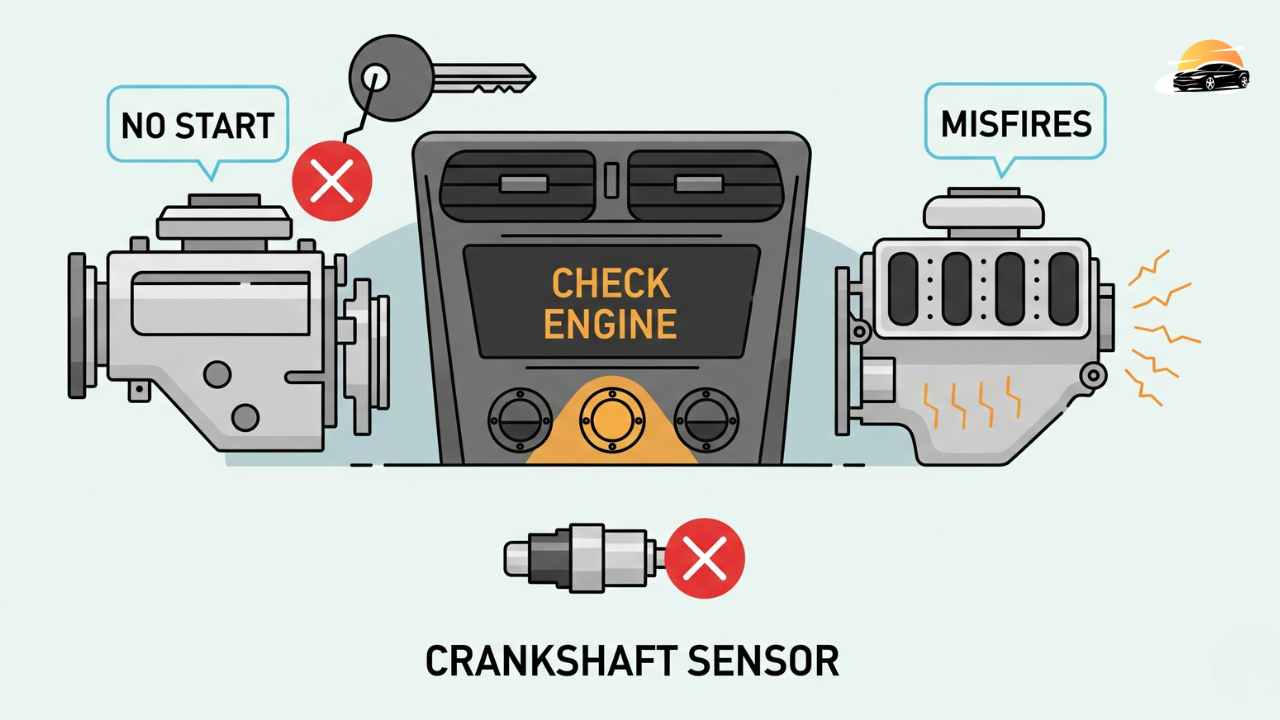
What Does a Crankshaft Position Sensor Actually Do?
To understand the symptoms, you first need to understand the job. The CKP monitors the rotational speed and Piston Position of the crankshaft. It feeds this data to the Engine Control Unit (ECU) or Powertrain Control Module (PCM). Without this data, the computer has no idea when to spark the plugs or inject fuel.
The Master Clock of the Engine
The sensor ensures the Combustion Cycle stays perfectly timed. It manages the firing order (typically 1-3-4-2 in four-cylinder engines) by tracking the Crankshaft Pulley or Flywheel. If the timing is off by even a fraction of a second, the engine loses its heartbeat.
Hall Effect vs. Inductive Sensors
Not all sensors are created equal. Inductive Sensors generate a Sinusoidal Signal (analog) and usually have two wires. On the other hand, Hall Effect Sensors use a Magnetic Field to create a Square Wave (digital) signal and typically have three wires. Knowing which one you have is crucial because testing a Hall Effect sensor with the wrong setting on a Multimeter can actually fry it.
The Reluctor Wheel Connection
The sensor works in tandem with a Reluctor Wheel (or Reluctor Ring), which is a notched disc. As the notches pass the sensor, they create Voltage Fluctuations. If a tooth on that wheel is chipped or covered in metallic debris, you’ll get “ghost symptoms”—the sensor is fine, but the message it’s reading is garbled.
7 Symptoms of a Bad Crankshaft Position Sensor (Ranked by Severity)
1. The “No-Start” or Hard Start Condition
This is the most common “gotcha.” If the ECU doesn’t receive a clear signal that the engine is turning over, it refuses to authorize a Fuel Injection Pulse. You might experience a Hard Start where the engine cranks for several seconds before catching, or worse, a “crank but no start” where the car simply won’t fire up at all.
2. Intermittent Stalling (The “Heat Soak” Effect)
In my experience, this is the most frustrating symptom. You’re driving along, the engine is at operating temperature, and suddenly, it just dies. This is often caused by Heat Soak. Internal wires in the sensor expand when hot, causing a Short Circuit or Signal Dropout. Once the sensor cools down for 20 minutes, the car starts again as if nothing happened—until it gets hot again.
3. The “Dead” RPM Gauge
Watch your dashboard while you’re trying to start the car. If the engine is cranking but the RPM Gauge needle stays pinned at zero, that is a smoking gun. The tachometer gets its data directly from the CKP. If the needle doesn’t move, the ECU isn’t “seeing” the engine spin.
4. Random Misfiring and Engine Shaking
When the sensor provides erratic data, the ECU struggles to maintain the correct Ignition Timing. This leads to a Misfire, where the engine stumbles, shakes, or feels like it’s gasping for air. You’ll feel this most at a Rough Idle or when under heavy load.
5. Sluggish Acceleration and Hesitation
If you step on the gas and there is a noticeable delay before the car moves, you’re experiencing a lack of synchronization between the CKP and the Variable Valve Timing (VVT) system. It feels remarkably like “laggy Wi-Fi”, the input is there, but the execution is delayed and jittery.
6. Significant Drop in Fuel Economy
Without an accurate reading of engine speed, the PCM often defaults to a “rich” Air-Fuel Ratio to prevent engine damage. Essentially, it dumps extra fuel into the cylinders just to be safe. You’ll notice your gas mileage plummet and might even smell unburnt fuel from the exhaust.
7. Check Engine Light & Limp Mode
Your car’s brain is smart enough to know when it’s getting bad data. It will trigger a Check Engine Light (CEL) and likely throw a Diagnostic Trouble Code (DTC) such as P0335 or P0336. In some cases, the car will enter Limp Mode, restricting your speed and gear shifts to protect the internal components.
Common Causes of Crankshaft Sensor Failure
Wiring & Connector Issues: The sensor is usually located low on the engine block. This makes it vulnerable to Connector Corrosion from road salt and moisture, or becoming brittle due to Wiring Harness exposure to oil leaks.
Internal Shorting: Constant cycles of heating and cooling eventually break down the internal plastic and copper windings.
Magnetism Interference: Since the sensor is magnetic, it can attract tiny metal shavings from the engine. This “fuzz” on the sensor tip blurs the signal, making it impossible for the ECU to read the Reluctor Ring accurately.
How to Test Your Crankshaft Sensor (DIY Step-by-Step)
Before you throw parts at the problem, do a little detective work.
The OBD-II Scan Tool Method: Plug in a scanner and look at “Live Data.” If the “Engine RPM” stays at 0 while you are cranking the engine, the sensor is likely dead.
The Multimeter Resistance Test: Set your multimeter to Ohms. For an inductive sensor, you’re usually looking for a Resistance Test result between 200Ω and 1000Ω. If you see “OL” (Open Loop), the internal coil is snapped.
Visual Inspection: Look for “melted” plastic cases or frayed insulation. Sometimes the fix is as simple as cleaning the sensor tip with a rag.
Can You Drive With a Bad Crankshaft Sensor?
The short answer: No.
While the car might technically run for a few miles, you are at a massive Risk of Stranding. Stalling in the middle of a highway is a major safety hazard. Furthermore, constant misfires send raw fuel into your exhaust system, which can cause Collateral Damage by overheating and melting your Catalytic Converter—a repair that costs ten times more than the sensor itself.
Replacement Cost & DIY Tips
Replacing a CKP sensor is generally a “Medium” difficulty task.
Parts Cost: An Aftermarket vs. OEM sensor usually ranges from $30 to $90. I always recommend going OEM for sensors; your engine’s timing is too important for “budget” electronics.
Labor: Expect to pay a shop $100 to $200 in labor.
Pro Tip: If you are replacing the CKP, check your Camshaft Position Sensor (CMP) as well. They often have the same lifespan and fail within months of each other.
Frequently Asked Questions
Can a bad crankshaft sensor cause a battery to drain? Rarely. However, if the sensor has an internal short that stays active when the car is off, it can cause a “parasitic draw.”
Can I clean a crankshaft sensor instead of replacing it? If the issue is caused by metallic debris on the magnet, cleaning it can work! But if the internal electronics have failed due to heat, cleaning won’t help.
Where is the sensor usually located? It varies by model, but look near the Harmonic Balance at the front of the engine, or tucked near the Flywheel where the engine meets the transmission.
Final Verdict: Don’t Let a $50 Sensor Kill Your Engine
A failing crankshaft sensor is the ultimate “silent” killer of car reliability. It starts with a tiny hiccup at a stoplight and ends with you waiting for a tow truck in the rain. My advice? The moment you see that RPM needle drop to zero while cranking, or you experience the “Heat Soak” stall, grab an OBD-II scanner.
Based on the 2024 State of the Industry Report by ASE-certified technicians, electrical sensor failures are now the leading cause of “Non-Start” diagnoses in vehicles over 8 years old. Don’t wait for the total failure.
Would you like me to help you locate the specific sensor position for your vehicle’s make and model?


